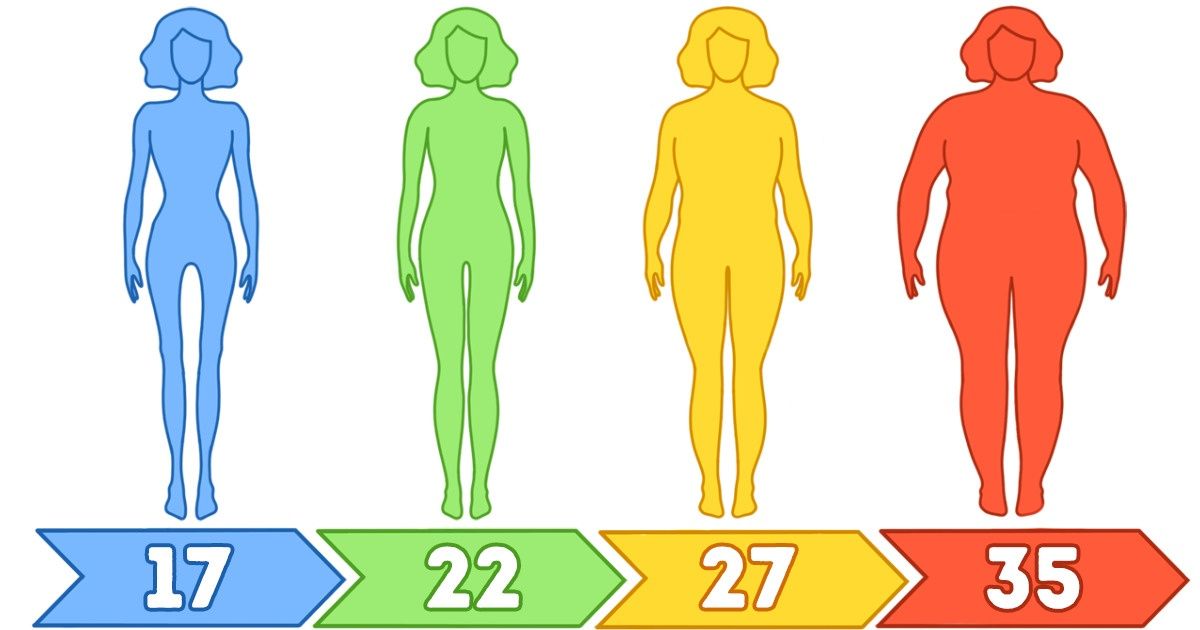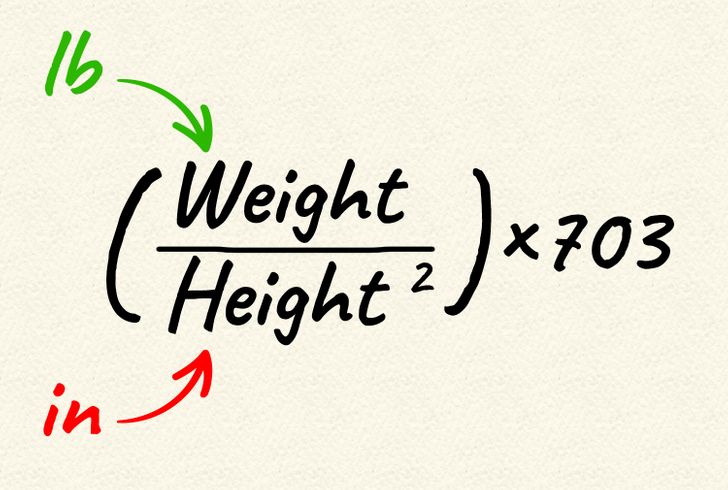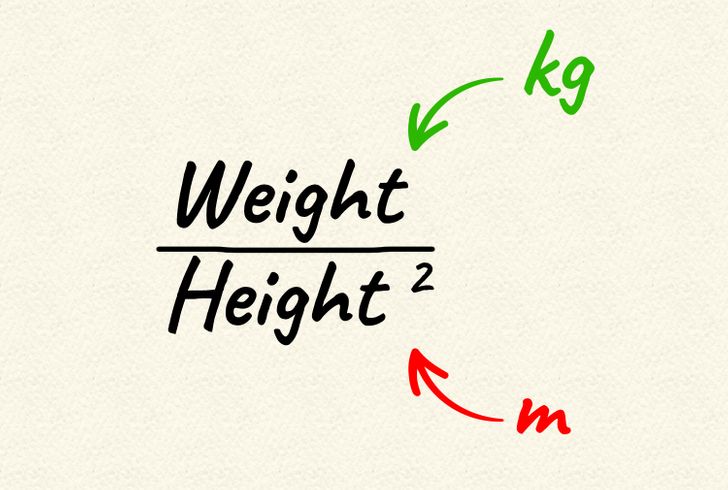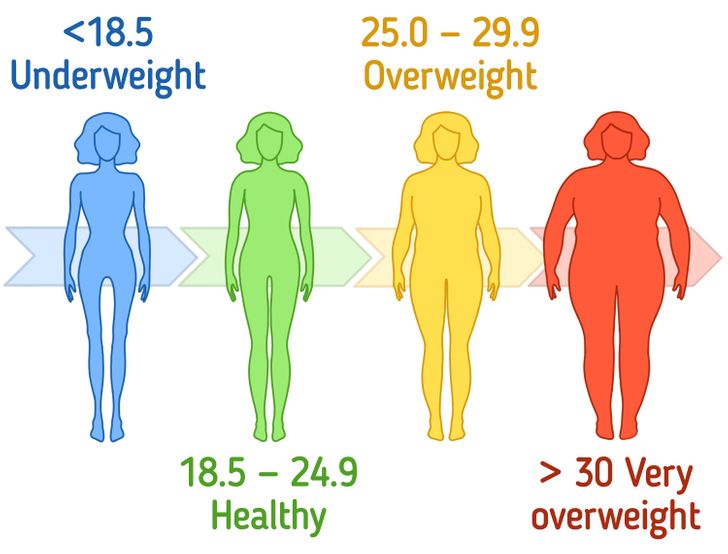How to Calculate Your BMI

BMI stands for Body Mass Index and it’s a simple calculation that allows you to figure out if you have a healthy weight. 5-Minute Crafts found an easy method you can use to calculate your BMI on your own, both in metric and imperial units. You can also use a calculator. Please note that BMI can only tell you if your weight-height ratio is healthy, but it gives no indication about how much fat, bone, or muscle make up that weight. That’s why it’s not used for body builders, long-distance athletes, pregnant women, the elderly, or young children.
1. Measure your weight and height

The best way to do this is to go to the doctor’s office where a professional will weigh you using a proper scale and will determine your height using a stadiometer.
If that’s not an option, you can measure your weight with a scale at home. To measure your height, follow these steps:
- Stand up straight in front of a wall. Your eyes should be looking straight ahead and your chin should be parallel to the floor.
- Place a flat object against the wall at a right angle and lower it until it rests on top of your head.
- Make a mark on the wall.
- Use a tape measure to measure the distance from the floor to the mark on the wall.
2. Calculate your BMI
Depending on the country you’re living in, measuring systems may vary. Your BMI calculation will change depending on the units you’re using too. You can either use the metric system or imperial units.
Imperial units

- For example: Your weight is 150 lbs and your height is 5’5″. You first have to convert your height to inches. In this case, it would be 65″ (1ft = 12″). Then calculate [150 / (65*65)] * 703. Your BMI would then be 24.96.
Metric system

- For example: Your weight is 70 kg and your height is 175 cm. You first have to convert your height to meters, in this case it would be 1.75 m (1 m = 100 cm). Then calculate [70 / (1.75*1.75)]. Your BMI would then be 22.87.
3. Interpret your results

BMI is interpreted using standard weight status categories for adults (people who are 20 years old, or older according to the CDC and 18 or older according to the NHS).
- Underweight — Below 18.5: This could be a sign you’re not eating enough or you may be ill. Visit your doctor for more information.
- Healthy weight — 18.5 to 24.9: Your height-weight ratio is good, congratulations! However, regardless of your height or BMI, measuring your waist is a good way to check and make sure you’re not carrying too much fat around your stomach. If your waist is 94 cm (37 in) or more for men and 80 cm (31.5 in) or more for women, you should lose weight. Your risk of heart disease, type 2 diabetes, and stroke could be higher.
- Overweight — 25.0 to 29.9: This means you may need to lose weight with a combination of diet and exercise.
- Very overweight — 30 or higher: This means you need to lose weight with a combination of diet and exercise, and you need to talk to your doctor.